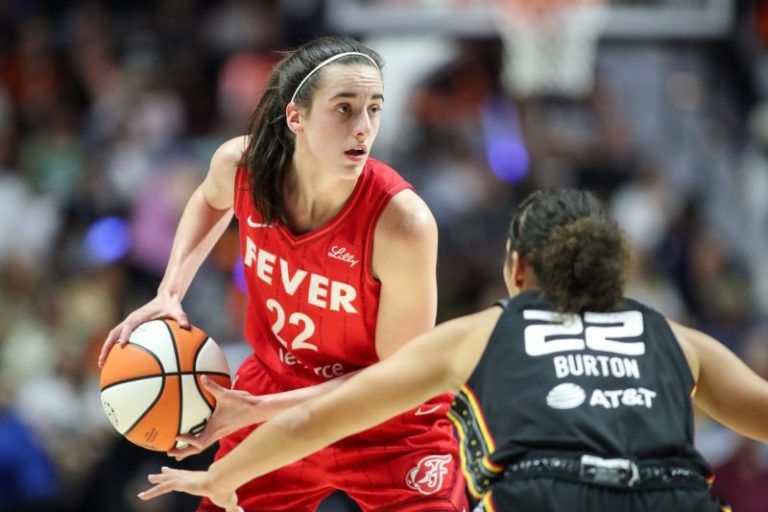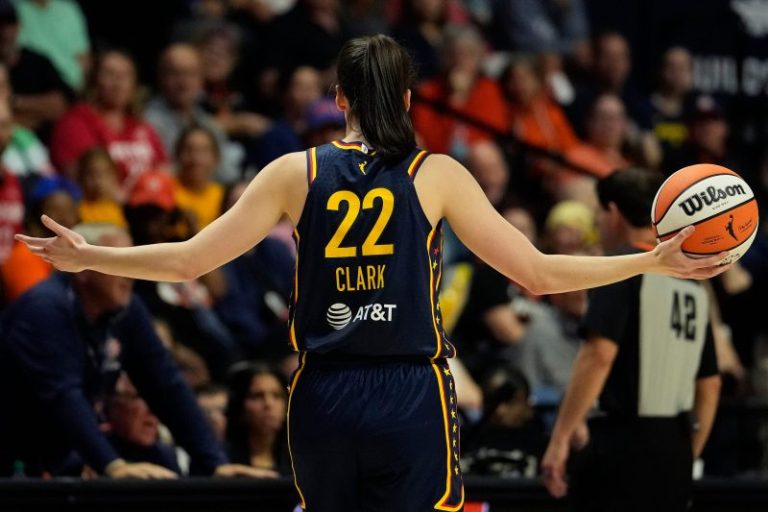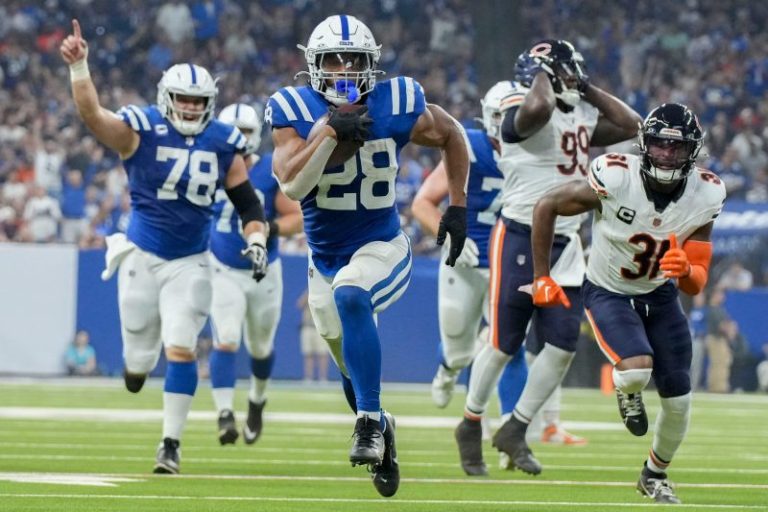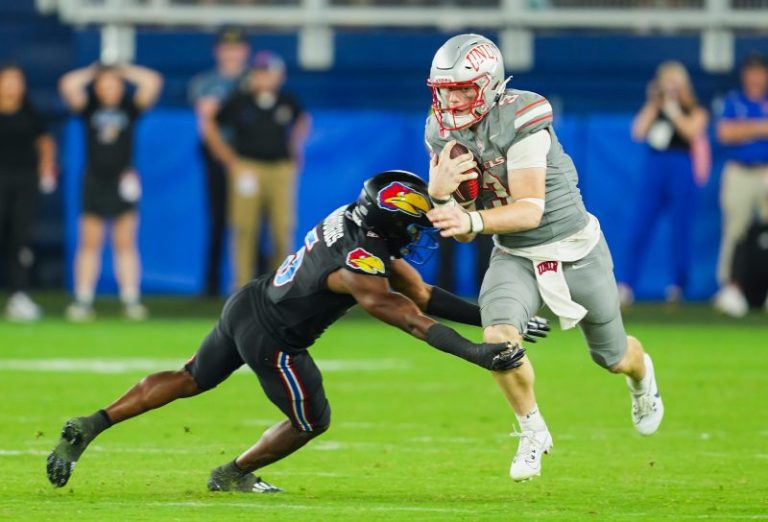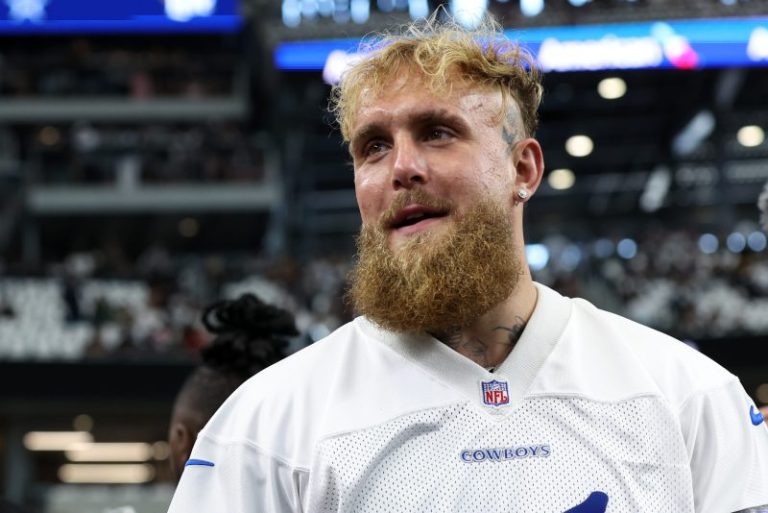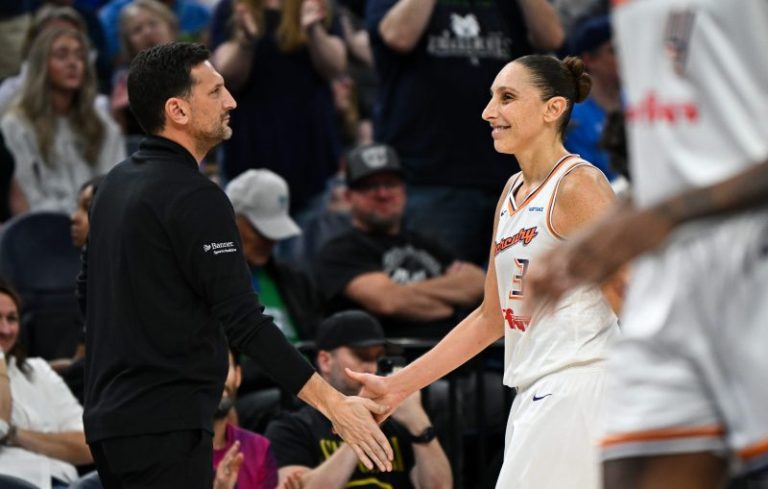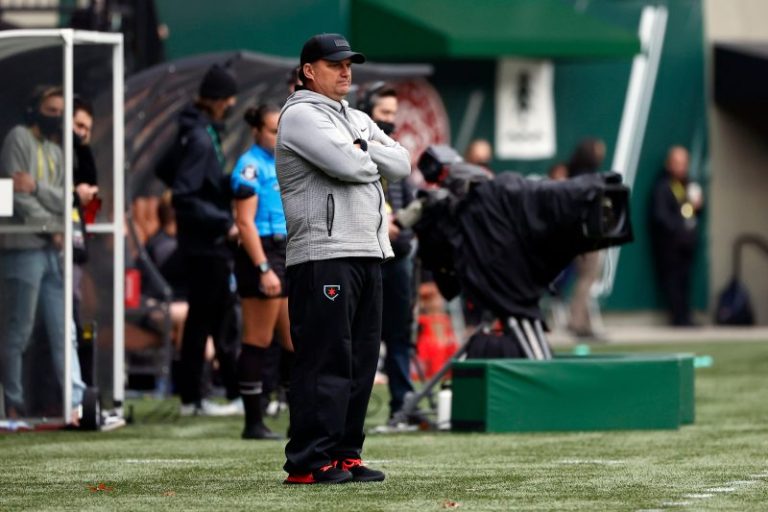OAKLAND, Calif. — Oakland Athletics manager Mark Kotsay entered his office Tuesday night after a walk-off victory over the Texas Rangers, ripped his lineup sheet in half and was just about to drop it in the trash can when sheer panic set in.
“The thought immediately came, ‘What if this is the last win in the Coliseum for us as a club?” Kotsay said. “So it’s still sitting in my office, torn in half. It didn’t make the trash can. So that’s something you just don’t think about, but I should be careful about right now.’’
A’s players, fans and employees all are sharing the same sentiments with the final baseball game at the Oakland Coliseum scheduled for Thursday afternoon (3:37 p.m. ET) against the Texas Rangers.
Fans have seemingly already begun sneaking wrenches and tools into the Oakland Coliseum to steal seats as private souvenirs, evidenced by a group of fans shown on video proudly thrusting a cluster of seats high into the air.
San Francisco Giants third baseman Matt Chapman, who played the first five years of his career for the A’s, grabbed the third-base bag on his way out of the stadium last month.
Follow every MLB game: Latest MLB scores, stats, schedules and standings.
Rangers second baseman Marcus Semien, who came up as a shortstop in the A’s organization, says he plans to scoop up some infield dirt.
So, just what are the A’s planning to grab, swipe or steal on their way out of town?
“We’ve been talking and eyeballing what we’re going to take as far as memorabilia or a memento,’’ Athletics veteran reliever T.J. McFarland tells USA TODAY Sports. “I think everyone would love to have the pitching rubber from the mound, or at least from the bullpen.’’
Says All-Star closer Mason Miller: “I’ll get some jars of dirt, knowing I made my debut here less than two years ago. Having the opportunity to come back to the place where it all started kind of weighs a little heavy. It’s the closest I can be to kind of understanding what the fans are going through.’’
While everyone in the A’s clubhouse is trying to come up with something different besides taking home the nameplates atop their lockers, they pointed towards the upper right field corner of the stadium, high atop Mt. Davis, where Dave Stewart’s retired number covers the entire section.
Someone suggested that perhaps Stewart should take home the tarp.
“Come on, man,’’ Stewart said. “What am I going to do with that thing? Cover my house with it? People will think I’m tarping my house for termites.’’
Tyler Nevin says he’ll grab dirt from the batter’s box before leaving the stadium, calling it a cool gift to himself that will preserve the memories.
Why not a urinal?
“Uh, I don’t think I could sneak a urinal out of here,’’ Nevin said. “I’ll have to settle for dirt.’’
Athletics right fielder Lawrence Butler wants to tear off one of the Athletics logos that adorns the wall in the tunnel on the way to the field.
“I know a lot of guys are grabbing dirt,’’ Butler says, “but I don’t want that. I’ll just lose it. The sign would be cool. I’d have a lot of memories with that.’’
Jacob Wilson, a shortstop for the A’s, says it would be full circle to grab some dirt from that spot, taking it back to his Arizona home.
“To have that from the same spot I stepped on the field for the first time as a big leaguer, that would be pretty special. That’s the one thing I’ll look for,’ he said.
Athletics catcher Shea Langeliers says he wants to dig up home plate to keep forever, but if he’s stopped by A’s officials, well, he’ll have to settle for dirt from behind the plate.
“It would be really cool to have home plate, if they let me,’’ Langeliers says. “If not, I’ll have to settle on a jar of dirt. No matter what it is, I know it’s going to be emotional. There’s a lot of emotions and feelings colliding together now.
“I can’t help but think about all of the great Hall of Famers and World Series played here, knowing they had so many historic moments.’’
The souvenirs and keepsakes certainly will be nice, A’s players say, but the memories of playing in the Coliseum will last forever.
The A’s are opening their parking lot at 8 a.m. Thursday, and an estimated 46,000 fans are expected to fill the stadium. It will be the largest home crowd any of the current A’s players have ever seen.
The average ticket price of $121 is the highest on record at an A’s home game, according to TickPick, 146% more expensive than the average purchase price of A’s games this season.
“I think the players are excited about playing in front of a sellout,’’ Kotsay says. “I think the largest crowd we played in front of the last three seasons has been the reverse boycott crowd, which was 33,000. It will be a special day. I don’t think fans are going to want to leave the stadium.
“This is an opportunity for the fans to come in and see it for the last time, to take it in for the last time, to share it with their families, the history and what it means.’’
The A’s are taking precautions with the large crowd and the wave of emotions they’ll be feeling. There will be 500 security officials, including 200 police officers, on hand to discourage overzealous fans from trying to grab their own souvenirs.
“I don’t anticipate there being any problems,’’ Nevin says. “Like most end of seasons, it’s just saying goodbye to the fans, giving a little send-off with a wave. But obviously, this carries a little more weight.
“The team is pretty aware of what this team means to the city.’’
Kotsay believes that fans will peacefully show their sorrow without storming the field or showing rage by throwing objects. The A’s are handing out miniature Coliseum replicas to 25,000 fans, but they’ll be distributed only as they leave the ballpark after the seventh inning, curbing any thoughts of the giveaways being thrown onto the field, while also inciting fans to leave before the final pitch.
Kotsay, who played for the A’s from 2004-2007, is not planning to grab a microphone and address the fans after the game. But whether he speaks or not, he vows that the team will acknowledge the crowd.
“I think the anger has passed,’’ Kotsay says. “We’re going to go out and honor the fanbase. In terms of speaking to the crowd, I think our game is going to represent about just saying goodbye, really. So, I don’t think words can make it any easier for them.
“In fact, I think the acknowledgement is a final goodbye.’’
Follow Nightengale on X: @BNightengale
This post appeared first on USA TODAY

